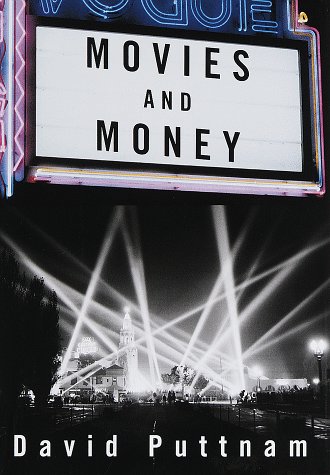Description
pp. xii [2] 337.”From David Puttnam—producer of such modern film classics as Chariots of Fire, The Killing Fields, Midnight Express, and The Mission, and the only European to have run a major Hollywood studio—an insightful and provocative history that explains the personalities and events which shaped film’s transformation from a technological curiosity into one of the world’s most powerful cultural and economic forces. From the early rivalry between its inventors to the power-brokering and political influence of today’s mega-stars; from Zukor and Laemmle to Ovitz and Eisner; from the serendipitous discovery of Los Angeles (“flagstaff no good,” wired Cecil B. De Mille. “want authority to rent barn for $75 a month in place called hollywood”) to the exploitation and depredation of Europe’s film culture in the name of the marketplace, Puttnam captures the urgency and wonder that swept through a young industry and set it spinning on an axis of money and power. Movies and Money chronicles the unprecedented collision between art and commerce, and incisively analyzes its implications in today’s global arena. Puttnam’s engaging history is also an impassioned polemic: From the moment Thomas Edison stole the first crude attempt at a movie camera from the French scientist Étienne Jules Marey, Hollywood and Europe have existed, the author claims, in a state of undeclared hostility—hostility that has occasionally erupted into open battle for control of the century’s most powerful artistic medium. And this battle, he contends, will ultimately determine the nature of Europe’s cultural identity. He also argues forcefully for the intelligent application of the language and techniques of cinema to education, urging filmmakers to make films that challenge and inspire as well as entertain. Ten years after his abrupt departure from Columbia, Puttnam re-enters the debate about cinema with characteristic audacity, with the irreverence of an iconoclast and the canniness of a seasoned player. Movies and Money is a book that will change our understanding of the history—and future—of film.’Signed and inscribed by the author on half title page






